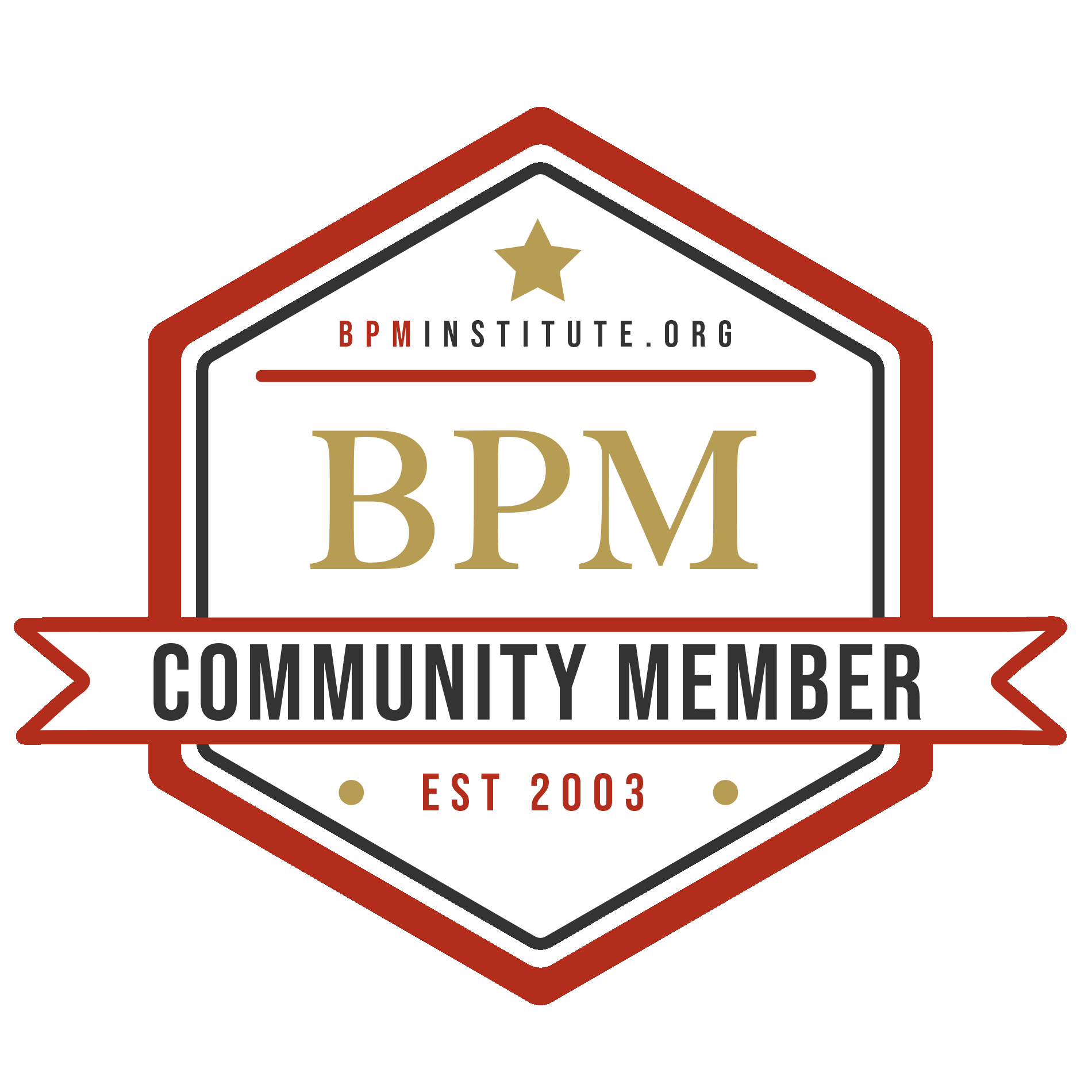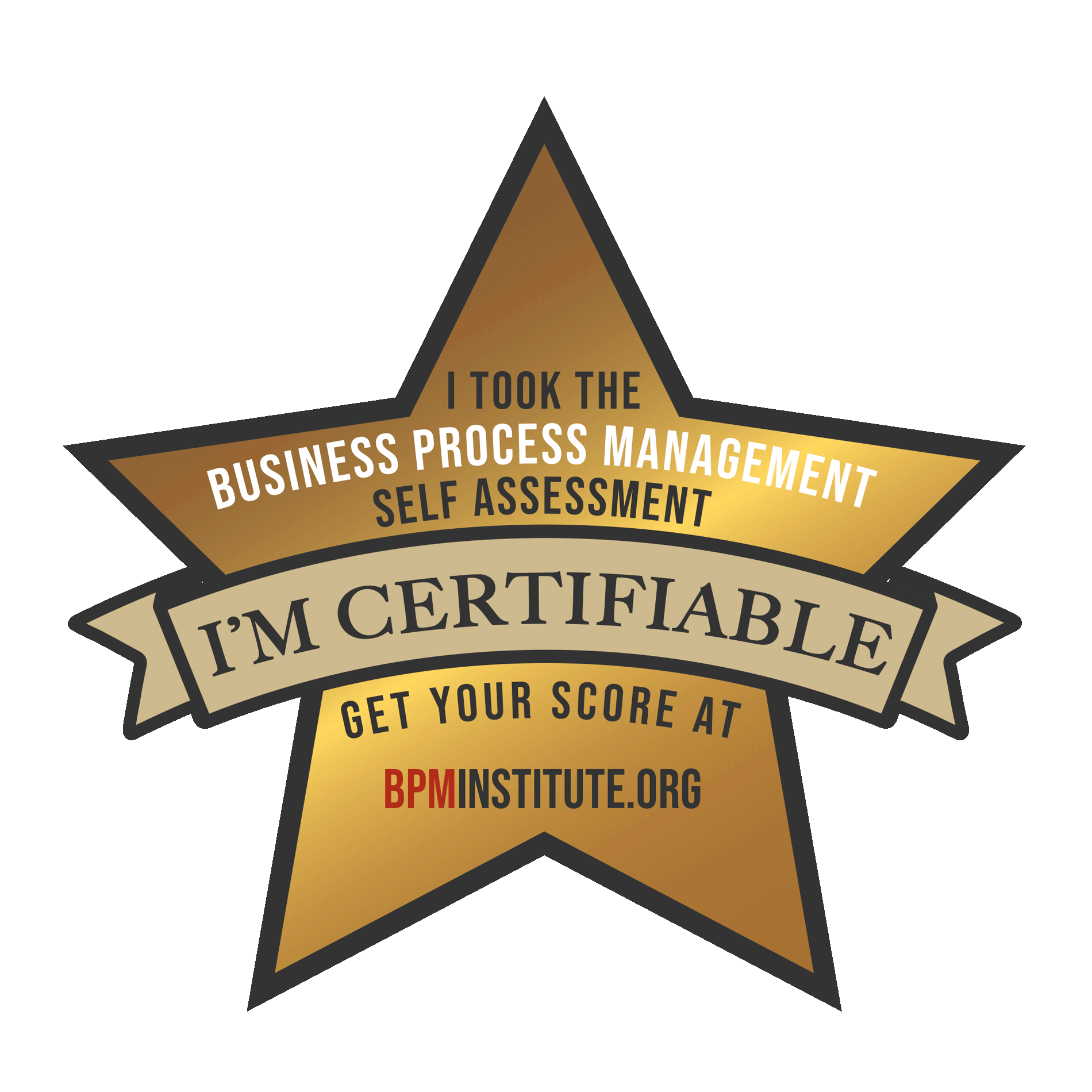Just about any serious Business Architecture (BA) discussion these days will include some reference to a model or artifact within the BA approach. This article will discuss what the author believes is the “core artifact” of the Business Architecture.

July 25, 2005

Ralph Whittle
Business Process Management (BPM)
Articles by: Ralph Whittle
The Business Case for Business Architecture (BA)
Many companies are considering or beginning a Business Architecture (BA) initiative. Most likely in the early stages of the initiative, it is treated as “exploratory” in nature or perhaps as a “pilot” project. Various BA approaches are analyzed, articles and books are reviewed and training classes are attended. After some serious examination of the available information, it is necessary to put forward a business case for the “strategic” BA initiative. At the BrainStorm conferences, many attendees are asking “How do you build a business case for Business Architecture (BA)?
The Language of Business Architecture
Many companies are beginning or at least seriously considering a Business Architecture (BA) initiative. Even though the Business Architecture has always existed, its structure, nature and appearance have remained hidden from view. The ability to express the complexity of an enterprise in a commonly understood and graphical format, for purposes of analysis and design is severely limited without the Business Architecture. And of course, one will need a rich graphical modeling notation or language in order to develop the BA.
A New Order of Things with the Business Architecture
The Business Architecture (BA) is a bold and challenging initiative, that when undertaken by visionary and innovative leaders of the enterprise brings about a “new order of things.”
Is Your Enterprise Out of Control?
Before answering this question, consider for a moment: What does “out of control” mean? Someone responding with a broad, long winded answer might refer to Kevin Kelly’s most excellent and timeless book titled Out of Control (1). In a simpler context, please consider the building of a high rise office building or the addition of a large family room, sunroom, patio and pool to an existing house without the benefit of a “blueprint” developed by an architect? Does “out of control” come to mind?
The Business Architecture (BA) Paradigm
Interest in Business Architecture (BA) initiatives, case study presentations and training classes are increasing, a sign of a maturing and evolving approach.
Converging Business Architecture (BA) Approaches
Business Architecture approaches and methods are improving, becoming more formal and standardized as evidenced by the Business Architecture Working Group (BAWG)(1) under the auspices of the Object Management Group (OMG). As with any developing approach or method, a variety of ideas, techniques, terms, expressions and definitions, some old and some new, will emerge. This is most assuredly true for the Business Architecture (BA), as well!
Vetting Business Architecture (BA) Approaches
This is the inaugural year for the BusinessArchitectureInstitute.org with its recent launch this past spring. The growth of interest and the demands for information surrounding Business Architecture (BA) have increased significantly over the past few years. BrainStorm BA conference attendees and BA training class students have benefited from seeing a new approach emerge for the enterprise. Hopefully, the reader has participated in one of this year’s BrainStorm events and learned of the many opportunities associated with the Business Architecture.
Business Architecture (BA) and IT Architecture Integration
The Business Architecture is an integrated component of any Enterprise Architecture (EA) framework. For example, The Open Group Architecture Framework (TOGAF) has defined a Business Architecture component1. As an architecture representing some key elements of the enterprise, it has to fit into the overall design of that enterprise. The Business Architecture is not a stand alone nor isolated component, but a fully integrated one in the context of EA.
The Business Architecture, Value Streams and Value Chains
Many companies are considering a Business Architecture (BA) initiative as part of their corporate strategy. While researching and analyzing the BA, they are rediscovering Michael Porter’s value chain. Many find this reawakening quite logical, while some may get confused between the terms; value chains and value streams. This article will provide an explanation and synthesis of these remarkable and enlightening concepts. First, I will clarify and define the basic terms so that I can explain their architectural relationships.


























